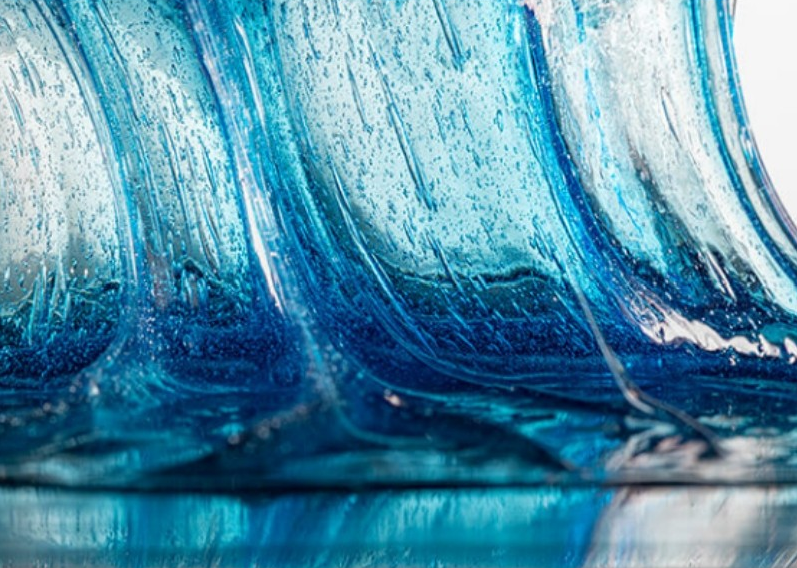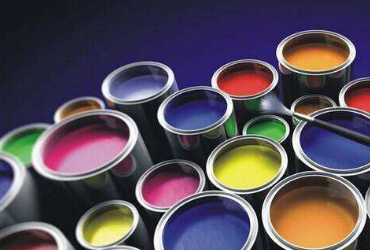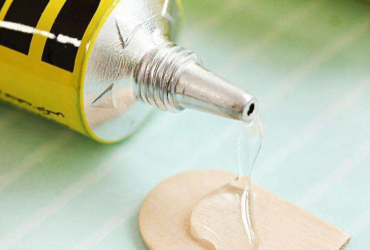In UV coatings, achieving strong and durable adhesion to various substrates is crucial for ensuring the performance and longevity of the final product. Adhesion is influenced by multiple factors, including the use of adhesion promoters, substrate selection, and the formulation of the coating.
In this article, we will explore the role of adhesion promoters, the factors that affect adhesion, and optimization strategies to enhance adhesion in UV coatings.

Adhesion promoters are additives specifically designed to improve the bond between the UV coating and the substrate. These substances are typically reactive compounds that chemically interact with both the substrate and the coating, creating a stronger interface between the two surfaces. The role of adhesion promoters is to:
Adhesion promoters improve the wetting of the substrate by the UV coating, ensuring that the coating spreads evenly and forms a more complete bond with the surface.
Some adhesion promoters raise the surface energy of low-energy substrates like plastics or metals, making it easier for the UV coating to adhere effectively.
Adhesion promoters often contain functional groups that form covalent bonds with both the substrate and the coating, resulting in a more durable and resistant adhesion layer.
In certain cases, adhesion promoters can also help improve the crosslinking of the UV coating, further strengthening the bond between the coating and the substrate.
Common adhesion promoters used in UV coatings include silanes, isocyanates, and titanates. Selecting the right adhesion promoter depends on the type of substrate and the specific performance requirements of the coating.
#AdhesionPromoter #SurfaceChemistry #MaterialScience #ChemicalInnovation #AdvancedCoatings
#UVCoatings #FormulationScience #BondingSolutions #IndustrialChemicals
#SmartMaterials #StickBetter #NoPeeling #StrongBond #CoatingTechnology #BeforeAndAfter
#SmoothFinish #BetterAdhesion #DIYCoatings #ResinTips


2022-08-03




2025-01-06